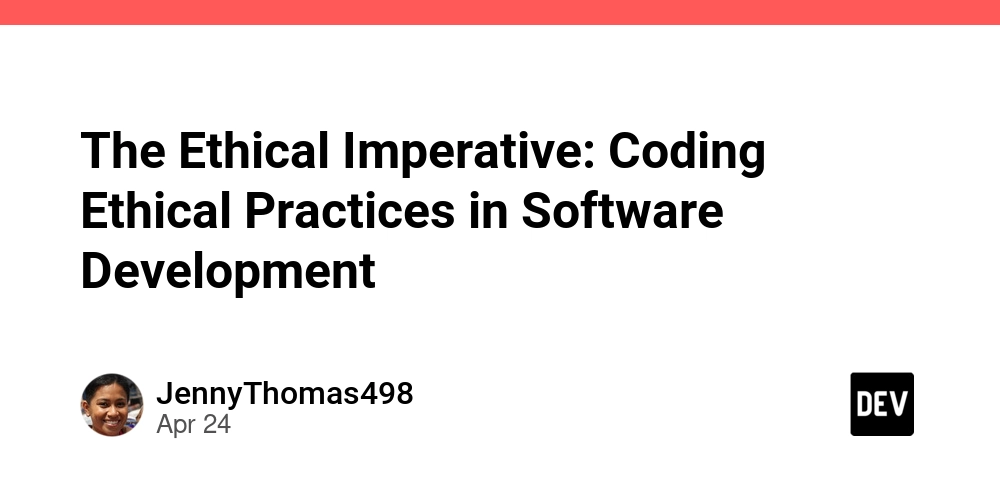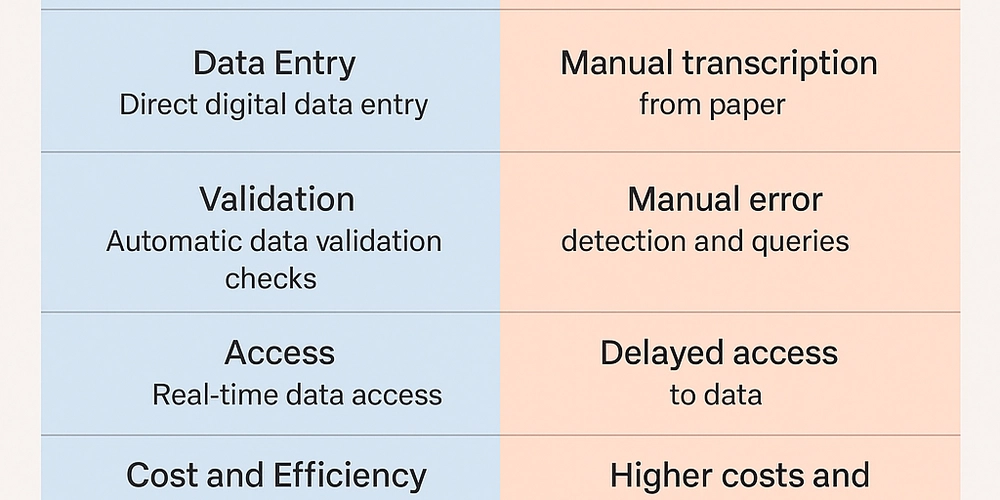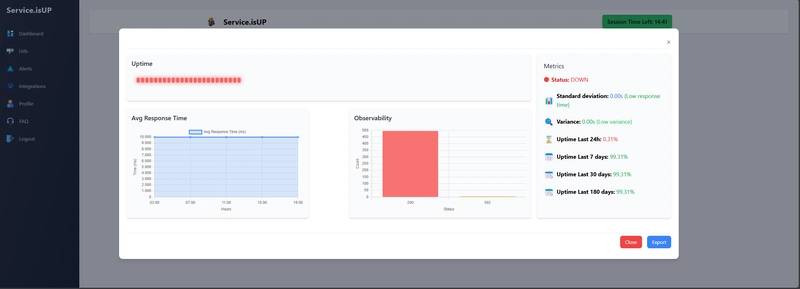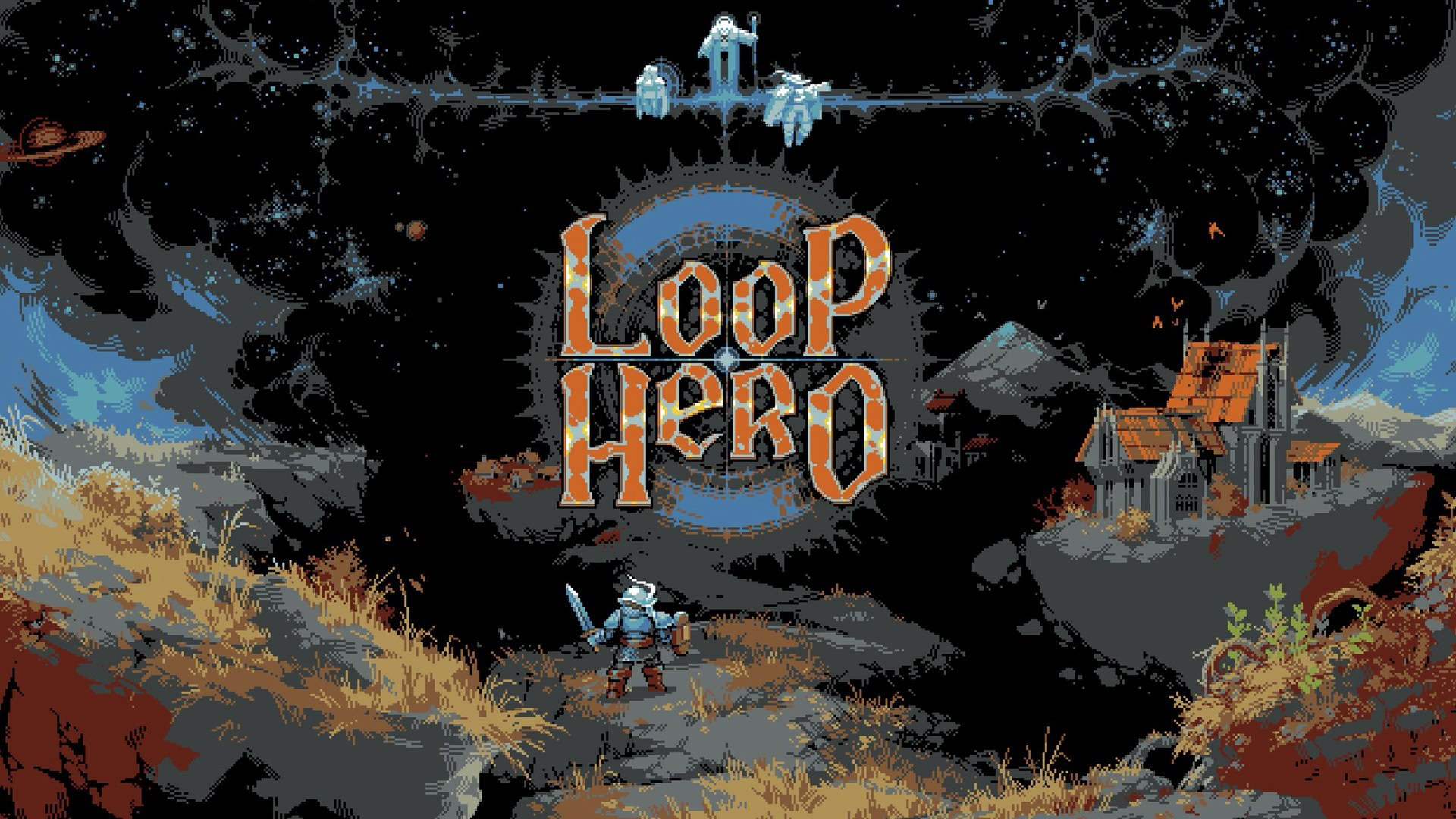The Ethical Imperative: Coding Ethical Practices in Software Development
Abstract: In today’s digital era, ethical coding is more than writing error‐free and efficient code—it is a commitment to building software that protects user data, respects privacy, promotes fairness, and fosters social well‐being. This post explores the history, core concepts, practical applications, challenges, and future innovations related to ethical coding practices. By examining secure design methods, bias reduction techniques, and inclusive development strategies, we learn how ethical coding is essential to sustain user trust and societal progress. Dive into this comprehensive guide enriched with tables, bullet lists, and valuable resources—from risk management strategies to ethical funding—and discover how developers can leverage these initiatives for a more secure, equitable, and innovative digital future. Introduction In an era where software touches nearly every facet of our lives—from healthcare and finance to education and social media—ethical coding practices have emerged as a vital discipline. Developers are increasingly called upon not just to create functional software but to ensure that digital systems protect user privacy, prevent abuse, and foster inclusive experiences. As detailed in the original article on coding ethical practices, ethical coding embeds values like trust, security, and equity into the very fabric of software. In this post, we discuss why ethical coding is critical and explore the best practices and challenges that come with it. Background and Context A Brief History of Ethical Coding Historically, software development was mainly about functionality and performance. Over time, as digital solutions became central to daily interactions, issues such as unauthorized data access, privacy breaches, and algorithmic bias began to surface. These early challenges sparked a broader conversation around ethics in tech. Today, ethical coding covers not only programming quality but also social responsibilities and compliance with legal standards. Key Definitions and Terms Ethical Coding Practices: The commitment to writing secure, transparent, and inclusive code that minimizes harm to users and society. Data Minimization: The principle of collecting only the information necessary for a specified purpose. Bias in Algorithms: Unintended disparities in decision-making resulting from skewed training data or design. Inclusivity and Accessibility: Ensuring virtual experiences are usable by people of all abilities, adhering to guidelines like the WCAG. The Ecosystem Ethical coding occupies an intersection between technology, law, and social responsibility. Developers increasingly collaborate with data privacy experts, social scientists, and legal professionals to address issues like open-source sustainability and transparency in algorithm design. The rapid rise of blockchain and open-source funding models further accentuates the importance of reliable, ethical practices in tech development. Core Concepts and Features Ethical coding is built on several core principles that together create a framework for responsible software development. Below are some of the most critical facets: 1. Secure Coding and Risk Management Security by Design: Developers must anticipate possible vulnerabilities and integrate defenses early in the development process. Risk Management: Following robust practices such as regular security audits and encryption techniques—further detailed in risk management strategies. Accountability: Establishing clear processes to identify and fix vulnerabilities is essential to reduce the threat of malicious attacks. 2. Privacy and Data Protection Transparent Data Use: Users must know what data is being collected and how it is used. Data Minimization: Embracing a philosophy that limits data collection to only what is essential. User Consent: Ensuring that users have the option to opt out or delete their data is fundamental. 3. Fairness, Bias Reduction, and Inclusivity Algorithmic Fairness: Developers need to assess and continuously re-evaluate their algorithms for any unintended biases. Inclusivity Principles: Adhering to guidelines such as those by the WCAG ensures that software is accessible to all, including users with disabilities. Diverse Data Sets: Ensuring that training data for machine learning models is comprehensive and representative can help eliminate unintended bias. 4. Sustainable and Responsible Funding Models Ethical Funding: Innovative funding avenues, like ethical funding methods, play a critical role in sustaining open-source projects. Payment Models: From open source sponsorship to sustainable funding for open source, these models provide financial stability without compromising ethical standards. 5. Collaborative and Transparent Development Open Dialogue: Encouraging discussions among cros

Abstract:
In today’s digital era, ethical coding is more than writing error‐free and efficient code—it is a commitment to building software that protects user data, respects privacy, promotes fairness, and fosters social well‐being. This post explores the history, core concepts, practical applications, challenges, and future innovations related to ethical coding practices. By examining secure design methods, bias reduction techniques, and inclusive development strategies, we learn how ethical coding is essential to sustain user trust and societal progress. Dive into this comprehensive guide enriched with tables, bullet lists, and valuable resources—from risk management strategies to ethical funding—and discover how developers can leverage these initiatives for a more secure, equitable, and innovative digital future.
Introduction
In an era where software touches nearly every facet of our lives—from healthcare and finance to education and social media—ethical coding practices have emerged as a vital discipline. Developers are increasingly called upon not just to create functional software but to ensure that digital systems protect user privacy, prevent abuse, and foster inclusive experiences. As detailed in the original article on coding ethical practices, ethical coding embeds values like trust, security, and equity into the very fabric of software. In this post, we discuss why ethical coding is critical and explore the best practices and challenges that come with it.
Background and Context
A Brief History of Ethical Coding
Historically, software development was mainly about functionality and performance. Over time, as digital solutions became central to daily interactions, issues such as unauthorized data access, privacy breaches, and algorithmic bias began to surface. These early challenges sparked a broader conversation around ethics in tech. Today, ethical coding covers not only programming quality but also social responsibilities and compliance with legal standards.
Key Definitions and Terms
- Ethical Coding Practices: The commitment to writing secure, transparent, and inclusive code that minimizes harm to users and society.
- Data Minimization: The principle of collecting only the information necessary for a specified purpose.
- Bias in Algorithms: Unintended disparities in decision-making resulting from skewed training data or design.
- Inclusivity and Accessibility: Ensuring virtual experiences are usable by people of all abilities, adhering to guidelines like the WCAG.
The Ecosystem
Ethical coding occupies an intersection between technology, law, and social responsibility. Developers increasingly collaborate with data privacy experts, social scientists, and legal professionals to address issues like open-source sustainability and transparency in algorithm design. The rapid rise of blockchain and open-source funding models further accentuates the importance of reliable, ethical practices in tech development.
Core Concepts and Features
Ethical coding is built on several core principles that together create a framework for responsible software development. Below are some of the most critical facets:
1. Secure Coding and Risk Management
- Security by Design: Developers must anticipate possible vulnerabilities and integrate defenses early in the development process.
- Risk Management: Following robust practices such as regular security audits and encryption techniques—further detailed in risk management strategies.
- Accountability: Establishing clear processes to identify and fix vulnerabilities is essential to reduce the threat of malicious attacks.
2. Privacy and Data Protection
- Transparent Data Use: Users must know what data is being collected and how it is used.
- Data Minimization: Embracing a philosophy that limits data collection to only what is essential.
- User Consent: Ensuring that users have the option to opt out or delete their data is fundamental.
3. Fairness, Bias Reduction, and Inclusivity
- Algorithmic Fairness: Developers need to assess and continuously re-evaluate their algorithms for any unintended biases.
- Inclusivity Principles: Adhering to guidelines such as those by the WCAG ensures that software is accessible to all, including users with disabilities.
- Diverse Data Sets: Ensuring that training data for machine learning models is comprehensive and representative can help eliminate unintended bias.
4. Sustainable and Responsible Funding Models
- Ethical Funding: Innovative funding avenues, like ethical funding methods, play a critical role in sustaining open-source projects.
- Payment Models: From open source sponsorship to sustainable funding for open source, these models provide financial stability without compromising ethical standards.
5. Collaborative and Transparent Development
- Open Dialogue: Encouraging discussions among cross-disciplinary teams ensures that ethics are embedded from the design stage.
- Community Engagement: Open-source communities often rely on collaborative platforms to maintain transparency and accountability—elements that are also central to ethical software development.
Table: Comparison of Key Ethical Coding Elements
| Element | Focus Area | Key Practices |
|---|---|---|
| Secure Coding | Security and Vulnerability Management | Risk assessments, code auditing, and regular penetration tests |
| Privacy | Data Protection and Consent | Minimal data collection, encryption, transparent policies |
| Fairness & Bias | Algorithmic Decision-Making | Diverse datasets, continuous algorithm evaluation |
| Inclusivity | Accessibility | Adherence to WCAG guidelines, user interface adjustments |
| Sustainable Funding | Economic Support for Open Source | Ethical funding methods, open-source sponsorship, revenue models |
Applications and Use Cases
Ethical coding is not just a theoretical framework—it has real-world applications that affect millions of lives. Here are a few practical examples:
Use Case 1: Healthcare Software Development
In healthcare, secure and private handling of patient data is paramount. By following ethical coding practices, developers can design software that incorporates:
- Robust Encryption: Ensuring that patient records remain confidential and secure.
- Transparent Data Policies: Allowing patients to understand and control their data usage.
- Regulatory Compliance: Meeting standards like HIPAA to protect patient rights.
Use Case 2: Financial Services and Banking
Banking applications often serve as prime targets for cyber-attacks. Ethical coding in this domain includes:
- Secure Transaction Algorithms: Minimizing vulnerabilities in payment gateways.
- User Consent Measures: Offering clear communication and choices regarding data sharing.
- Bias-Free Algorithms: Ensuring that automated loan approvals or risk assessments do not discriminate unfairly.
Use Case 3: Open-Source Projects and Community Platforms
Community platforms benefit significantly from ethical coding practices. The practices help ensure that:
- Contributions are Credited: Transparent licensing models, such as those discussed in coding best practices, secure appropriate credit.
- Funding Remains Sustainable: Models like sustainable funding for open source provide consistent financial support.
- Inclusivity is Practiced: Adhering to accessibility standards ensures that platforms remain open to a diverse range of contributors.
Challenges and Limitations
While ethical coding offers substantial benefits, it is not without challenges. Developers often face technical and organizational hurdles that complicate the integration of these practices.
Technical Challenges
- Legacy Systems: Older software may lack the flexibility to integrate modern ethical standards without significant overhaul.
- Resource Constraints: Regular security audits and algorithmic adjustments can be costly and time-consuming.
- Complexity in Bias Reduction: Eliminating bias is an ongoing process that requires constant monitoring and adjustments.
Organizational and Adoption Challenges
- Resistance to Change: Organizations may be hesitant to alter existing workflows or invest in new ethical practices.
- Balancing Speed and Quality: The pressure to release software quickly can sometimes overshadow the need for thorough ethical evaluation.
- Regulatory Uncertainty: With privacy laws and ethical guidelines still evolving, staying compliant can be challenging.
Bullet List: Key Limitations in Ethical Coding
- Legacy system constraints that resist modern security upgrades.
- Budget limitations for continuous ethical and security assessments.
- Organizational inertia that favors quick releases over comprehensive ethical reviews.
- Rapidly evolving regulations that complicate compliance efforts.
- Technical complexity in ensuring fairness and eliminating bias.
Future Outlook and Innovations
The future of software development holds exciting trends that could further the cause of ethical coding:
Integration with Blockchain Technologies
- Blockchain offers the promise of enhanced transparency and immutable audit trails, which can strengthen accountability in software projects. Resources such as open source project economic models illustrate how blockchain can align with sustainable development.
Advancements in Automation and AI
- AI-driven Code Analysis: Tools that automatically assess code for vulnerabilities and biases can help developers maintain ethical standards.
- Automated Compliance Checks: Real-time checks ensure that software meets evolving privacy and security guidelines.
Growth of Open-Source Funding Models
- New initiatives such as sustainable funding for open source and open-source sponsorship demonstrate growing support for ethical projects. Recent community discussions on platforms like Dev.to reinforce that ethical funding is gaining traction. For instance, get insights from License Token Revolutionizing Open Source Licensing and check out discussions on decentralized funding alternatives in Revolutionizing Blockchain and Open Source Funding.
Emphasis on Global Collaboration
- Cross-Industry Partnerships: As the digital ecosystem grows, multi-disciplinary collaborations become crucial. By partnering with experts from the finance, healthcare, and legal sectors, software teams can develop robust ethical frameworks that are both innovative and legally compliant.
- Community-Driven Governance: Open-source communities are experimenting with decentralized governance models to ensure that ethical considerations are integrated at every development stage. These best practices are further explored in articles like Unveiling the Synergy: How Open Source and Blockchain Are Revolutionizing Tech.
Innovations in Licensing and Compliance
- The conversation around open-source licenses continues to evolve. Some developers now look beyond traditional models like the Apache license (whose downsides are explored in The Downside of Apache License and Why I Never Would Use It) to more flexible models that promote fairness and reciprocity. Innovative licensing solutions are key to sustaining both development and ethical standards.
Summary
In summary, the ethical imperative in coding extends far beyond the technical ability to write correct code. It encompasses a broader commitment to security, privacy, fairness, and inclusivity. With rising digital impacts on critical sectors such as healthcare, finance, and public administration, ethical coding practices ensure that software not only performs its intended function but does so with the highest regard for human rights and societal progress.
By integrating robust risk management, data protection, continuous bias evaluation, and inclusive design into the development lifecycle, developers can foster trust and support sustainable digital ecosystems. Open-source funding models, transparent governance, and innovative licensing solutions further empower the community to invest in ethical code that promotes equitable and secure experiences.
To recapitulate, here are some key takeaways:
- Secure Coding: Implements rigorous risk management and proactive security measures.
- Privacy and Transparency: Ensures that user data is protected and handled ethically.
- Inclusivity and Bias Reduction: Promotes equitable solutions through the use of diverse data sets and adherence to accessibility standards.
- Sustainable Funding and Open Collaboration: Helps maintain and grow ethical software through innovative funding and community governance models.
Developers and organizations must view ethical coding as an ongoing journey rather than a destination. The challenges are many—from legacy system constraints to evolving regulations—but by fostering collaboration and leveraging emerging technologies like blockchain and AI, the future of software development will be more secure, equitable, and inclusive.
By embracing ethical principles at every stage of development, we pave the way for a digital future that not only excels in innovation but also champions societal well-being. For further insights, explore detailed discussions on ethical software development and learn from expert advice on coding best practices.
Final Thoughts
Ethical coding practices are no longer optional in a world where software defines our social fabric. Developers must strive to be stewards of change, ensuring that every line of code respects user rights and promotes a sustainable digital ecosystem. With the continued evolution of technology, including innovations in AI, blockchain, and decentralized funding, the future looks promising for those committed to ethical principles.
For additional perspectives on how ethical practices are shaping the open-source ecosystem, you might also consider reading articles like Enhancing User Experience in Fragment Telegram: A Comprehensive Analysis and Unlocking the Power of AI Training Data Monetization Strategies, Platforms and Future Trends.
Together, by prioritizing ethics in software development, we can build a more robust, equitable, and innovative world.
Embrace ethics. Secure code. Inspire innovation.










































































































































































![[The AI Show Episode 144]: ChatGPT’s New Memory, Shopify CEO’s Leaked “AI First” Memo, Google Cloud Next Releases, o3 and o4-mini Coming Soon & Llama 4’s Rocky Launch](https://www.marketingaiinstitute.com/hubfs/ep%20144%20cover.png)


































































































































![[DEALS] Sterling Stock Picker: Lifetime Subscription (85% off) & Other Deals Up To 98% Off – Offers End Soon!](https://www.javacodegeeks.com/wp-content/uploads/2012/12/jcg-logo.jpg)
















































.jpg?#)






























































































_NicoElNino_Alamy.png?width=1280&auto=webp&quality=80&disable=upscale#)













































































































![Apple Shares New Ad for iPhone 16: 'Trust Issues' [Video]](https://www.iclarified.com/images/news/97125/97125/97125-640.jpg)

![At Least Three iPhone 17 Models to Feature 12GB RAM [Kuo]](https://www.iclarified.com/images/news/97122/97122/97122-640.jpg)




































































































































